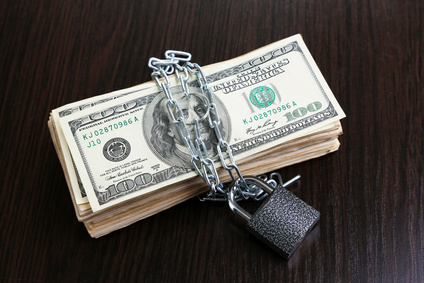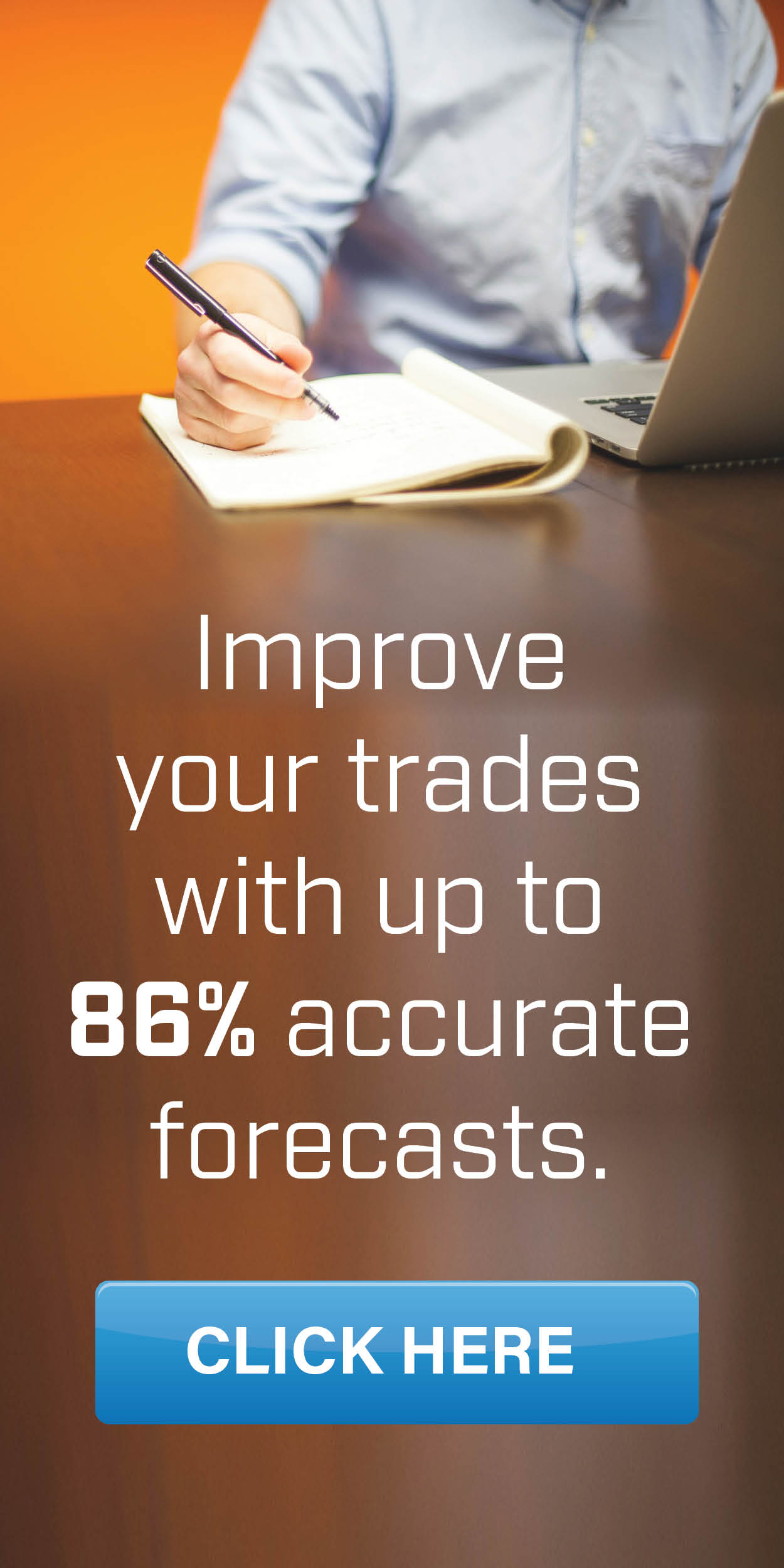Trading 101: How To Use A Stop Limit Order (And Win!)

Hello fine folks of the inter-webs!
I had a few emails recently from newer traders inquiring about stop limit orders. I figured, sounds like a great topic for an article!
The question: What is a stop limit order and how does it help me in trading?
Stop limit orders function in two ways.
When exiting a trade (the most familiar) and when entering a trade.
It’s pretty common place that active traders suggest not using stop limits when exiting a trade.
Why? Because there is a very real chance that your order might not get filled.
I compare stops to the breaks on your car. Simply put, you need them, they are crucial in trading and stops protect your investments, positions and accounts from crashing. Stops help mitigate risk. They are vital. This is common knowledge.
When you put a limit in the mix, a limit tells the broker at what price you want something executed. For example, if you are in a bullish trade on AAPL at $110 and you place a stop limit at $107 with a limit of $107. On Friday AAPL closes at $107.56. Monday morning AAPL opens at $106.88.
Because AAPL is below your $107, your stop is triggered. Stops are simply an “alert” to the broker that you want to do something. The next part is the ordering price. Market is pretty common. A market order says to the broker “hey, get me out immediately, at market, regardless of the price”. In this scenario, at market open on Monday, if you had a stop market price of $107 the broker would automatically exit your AAPL position at $106.88. You still lost .12 more than you wanted, but you’re out of the position.
When exiting a trade, stop limits tell the broker you want to exit the position and give an exact price to do so. In this case, your stop limit is $107. This tells the broker, get me out of AAPL if the stock price drops below $107, but I want to actually exit at $107 or better. What if AAPL continuously drops at open from $106.88 and never looks back? Then you won’t exit your position. Your position can simply get skipped over.
I do love stop limits when I am entering a trade. Just like in the above example, there is a chance you do not get filled on a position. But they allow you to set up a stock trade and walk away from the computer.
For example, if AAPL is at $110 and per your analysis, you deem it a buy if it breaks out above a $112.23 resistance price. You can set a stop limit at $112.23 for example. Your order will never trigger unless AAPL is at or above $112.23. Then, once the order is fired to the broker, the limit price of $112.23 is open. So you know in this scenario the exact price at which you will buy shares of AAPL. At $112.23 or lower. That’s what the limit does. It says, I want to get in at this specific price, or better. Lower = better when buying a stock.
For example, if AAPL blows through $112.23 on Friday, your stop is fired, but your limit never filled. AAPL closes at $112.99 on Friday. Monday morning, AAPL opens at $112. You would get filled at $112, since it’s lower than 112.23.
I personally use stop limits all the time in my day trades for both bearish and bullish trades. I think they are a great automated tool that allows you to trade without being glued to your computer screen and gives you the flexibility to trigger into a trade.
Feel free to check out my video explaining in more depth and detail stop market orders vs stop limit orders.
Thanks for reading!
Jerremy Alexander Newsome CEO of Real Life Trading


